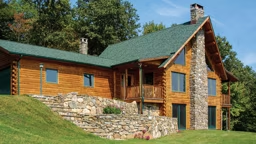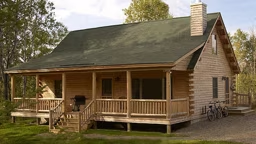
-
Vinyl shades and quilted curtains help cut heat loss. Shutters and blinds don’t work as well because air travels through their open spaces.
-
Adding blown-in cellulose or batts of fiberglass insulation in your attic is one of the most cost-effective savings measures and something you can do yourself.
-
Close the damper when the fireplace isn’t being used. About 14 percent of air escapes your home through the fireplace chimney.
-
In the market for a new gas stove? Choose a model with electronic igniters instead of pilot lights for the highest efficiency.
-
Choose light bulbs carefully. LEDs use 80 percent less energy than standard incandescent bulbs and last 15 times longer.
-
Don’t overheat your home and overwork your furnace. Use supplemental heating equipment for hard-to-heat areas.
-
Wi-Fi enabled thermostats allow you to control your home’s heating and cooling remotely through your smartphone. Many smart thermostats learn your temperature preferences and establish a schedule that automatically adjusts to energy saving temperatures when you’re asleep or away.
-
Install your air conditioner in the shade. When it’s in direct sunlight, it uses more energy.
-
Because frozen food stays cold longer than air, it’s good to keep your freezer full, but not packed. You’ll save energy by placing water-filled containers in empty spaces.
-
Ceiling fans set at slow speed push warm air away from the ceiling and move it around the room without creating a chilling breeze, spreading the heat more evenly and making you feel more comfortable.











